Yeonggwang Bulgapsa Temple (불갑사 (영광))
16.5 Km 9126 2021-12-02
450, Bulgapsa-ro, Yeonggwang-gun, Jeollanam-do
+82-61-350-4889
Bulgapsa Temple of Yeonggwang-gun, Jeollanam-do, was the very first Buddhist temple to be built in Korea. Monk Marananta, who was the first Indian monk to spread Buddhism in Korea, is said to have established the temple here around the year 384, during the reign of Baekje King Chimnyu.
Daeungjeon Hall, the main hall of Bulgapsa Temple, has been designated as a Treasure. The motifs on the doors of the hall are famed for their beautiful designs. The temple also has other buildings of distinction such as the Manseru Pavillion, Myeongbujeon Hall and Ilgwangdang Shrine, and a population of sericeous newlitse trees, designated as a Natural Monument. The temple is also famous for the magic lily which blooms in the late summer. The path into Bulgapsa Temple is ideal for a restful walk and contemplation.
Gochang Dosoram Hermitage (도솔암(고창))
18.1 Km 22384 2024-04-07
294, Dosol-gil, Gochang-gun, Jeonbuk-do
+82-63-564-2861
Dosoram Hermitage, along with Seonunsa Temple, is thought to have been built during the Baekje era (18 BC-AD 660). The temple is managed by Seonunsa Temple on Dosolsan Mountain in Gochang-gun, Jeollabuk-do.
Supjaengi Garden (숲쟁이공원)
18.3 Km 0 2024-02-20
67 Baekjemunhwa-ro, Beopseong-myeon, Yeonggwang-gun, Jeollanam-do
Supjaengi Garden is a park associated with the history of Beopseongpo. "Supjaengi" means a fortress made of trees. It was created to protect Beopseong Jinseong Fortress, a naval base during the Joseon dynasty, with a forest of deciduous trees, serving as a windbreak forest to protect Beopseongpo and the village. Visitors can enjoy the beautiful scenery of the port while walking along the flower-filled walking trails. Every June, the Beopseongpo Danoje attracts many tourists.
Red Spider Lily Park of Yongcheonsa Temple (용천사 꽃무릇공원)
18.4 Km 29011 2024-02-20
209 Yongcheonsa-gil, Haebo-myeon, Hampyeong-gun, Jeollanam-do
Red Spider Lily Park of Yongcheonsa Temple is a park where red spider lily form habitat. Starting to bloom in late August, by autumn, not only does Yongcheon Temple but also the park below the temple and the Gwangam Reservoir are all dyed red with the blossoms. In mid-September, during the peak blooming period of the flowers, the local festival called the Red Spider Lily Grand Festival takes place, featuring various events for both tourists and local residents.
Birthplace of Baekje Buddhism (백제불교최초도래지)
18.9 Km 9860 2021-02-18
203, Baekjemunhwa-ro, Yeonggwang-gun, Jeollanam-do
+82-61-350-4674
Unlike Goguryeo and Silla, Baekje's origin of Buddhism and how it spread had remained a mystery other than the story of how Indian monk Mirananta came to Yeonggwang and founded Bulgapsa Temple. In 1998, records were found stating that Monk Mirananta first set foot in Jwaudu Village in Beopseong-myeon, Yeonggwang in AD 384 after passing through Dongjin in China. Subsequently, the site has turned into an attraction in honor of the monk and the spread of Buddhism.
Mopyeong Village (모평마을)
19.3 Km 5946 2022-11-11
80, Sangmo-gil, Hampyeong-gun, Jeollanam-do
+82-61-320-1783
Located in Hampyeong-gun, Jeollanamdo, Mopyeong Village is a scenic farming village that is rich in tradition and history. From the moment you start walking down the stonewall-lined path into town, this small village will capture your heart. The village’s important history (including its title as the origin of Hampyeong-gun of Jeollanam-do Province) is evident in everything you see: from the traditional houses to the 500-year old forest. The area is home to 27 historical and cultural sites and the beautiful Haebochoen Stream, which is shaded by over 40 different types of trees including zelkova trees, nettle trees, and willow trees. Some of the town’s traditional houses, which are about 80 years old, offer guesthouse accommodations to tourists. They include Mopyeongheon, Sopungga and Hisomun (a house made of yellow sod).
In addition to the beautiful country scenery, there is a great selection of available programs that highlight the area’s specialties, including: mulberry-picking, silkworm-feeding and Korean traditional sauce-making. You can also visit a traditional watermill, which has been restored, and swim and splash around in the forest stream. Visitors are encouraged to try their hand at making green tea cakes at the traditional teahouse nearby.
The area of Mopyeong is full of things to entertain visitors, including a number of attractions and special events. Some of the area’s most praiseworthy attractions are the Hampyeong Butterfly Festival, the Cluster Amaryllis Festival in Yongcheonsa Temple, the Chrysanthemum Festival, and the Hampyeong Eco Park and Folk Museum.
Other towns well worth a visit in the Mopyeong area are Hamo Maeul, Ungok Maeul and Wonsan Maeul. A stay at Wonsan Maeul gives visitors a chance to experience firsthand the reality of an agricultural lifestyle by doing some activities like mulberry-picking. For a more low-key trip, make your way over to Ungok Maeul, where you can enjoy the fantastic scenery at the lake or take a relaxing walk along the hiking trails of Mt. Wolyangsan.
Dosolgyegok Valley (Seonunsan Mountain) (도솔계곡 (선운산))
19.4 Km 8803 2024-04-07
250, Seonunsa-ro, Gochang-gun, Jeonbuk-do
+82-63-560-8681
Dosolgyegok Valley is located in Seonunsan Mountain in the Gochang-gun district. Seonunsan Mountain, which is also called Dosolsan Mountain, is known for its thick forests and intriguing rock formations. Along the valley, there are many interesting sites such as Jinheungdonggul Cave, Yongmundonggul Cave, Nakjodae Overlook, and Cheonma peak. Dosolgyegok Valley is also famous for being very deep, where the mountain and water fight each other and whirl around in a yin & yang shape. The green forests in summer cover the valley beautifully, and the red leaves and white snow decorate the area in fall and winter.
Gochang Seonunsa Temple (선운사 (고창))
19.4 Km 37410 2024-04-07
250, Seonunsa-ro, Gochang-gun, Jeonbuk-do
+82-63-561-1422
Seonunsa Temple is known to have been built in 577, the 24th year of King Wideok of the Baekje dynasty. It is the second head temple of Jogye Order in Jeollabuk-do. According to the temple's historical records, it was originally a very large temple with 89 hermitages and 3,000 monks. Today, only four hermitages remain: Dosoram, Chamdangam, Dongunam, and Seoksangam. In addition, the temple is home to 25 prestigious heritages, namely the Forest of Common Camellias, which is designated as ㅁ Natural Monument. A festival dedicated to this forest is held every April.
Seonunsan Mountain [National Geopark] (선운산 (전북 서해안 국가지질공원))
19.7 Km 27096 2024-04-07
158-6, Seonunsa-ro, Gochang-gun, Jeonbuk-do
+82-63-560-2699
Seonunsan Mountain is famous for its sunrise views at Nakjodae Overlook and Cheonmabong Peak. The mountain is mostly comprised of hard volcanic rocks, creating a landscape of sharp cliffs softened by the forest vegetation.
Gohyang Sikdang (고향식당)
19.9 Km 14999 2024-04-18
20-3 Jungchon-gil, Asan-myeon, Gochang-gun, Jeonbuk-do
Gohyang Sikdang is a highly recommended restaurant in Gochang known for its grilled eel dishes. Their signature dish is the Pungcheon jangeo yangnyeom gui (Pungcheon grilled marinated eel) seasoned with a sauce made from over 30 kinds of fruits and medicinal herbs, grilled to perfection. Pungcheon eel from Seonunsan is famous for its rich and savory flavor. They also offer other menu items such as jangeo tang (spicy eel stew) and dolsot sanchae bibimbap (hot stone pot wild vegetable bibimbap).
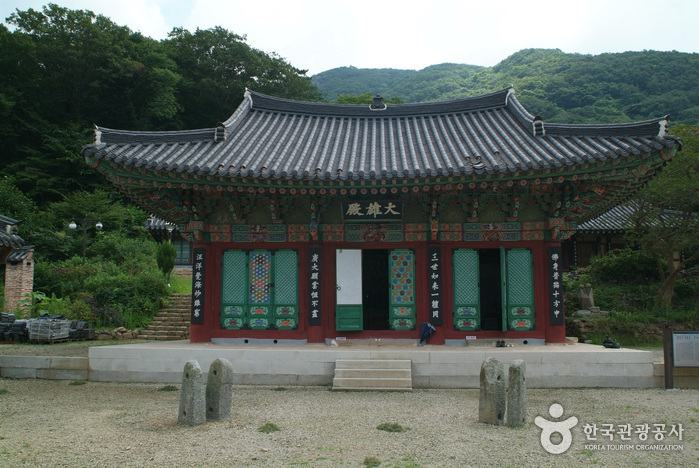
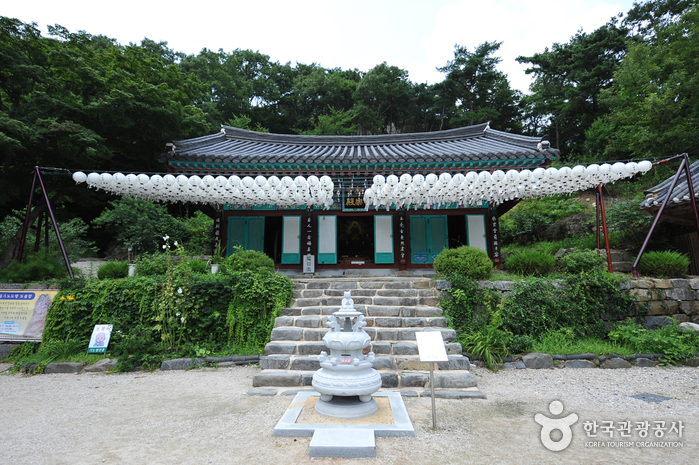
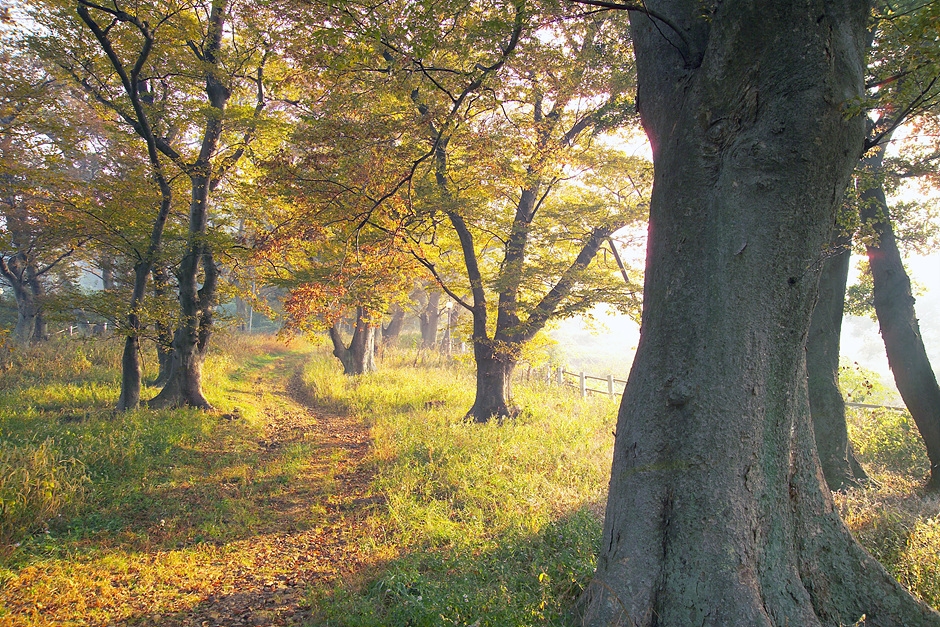
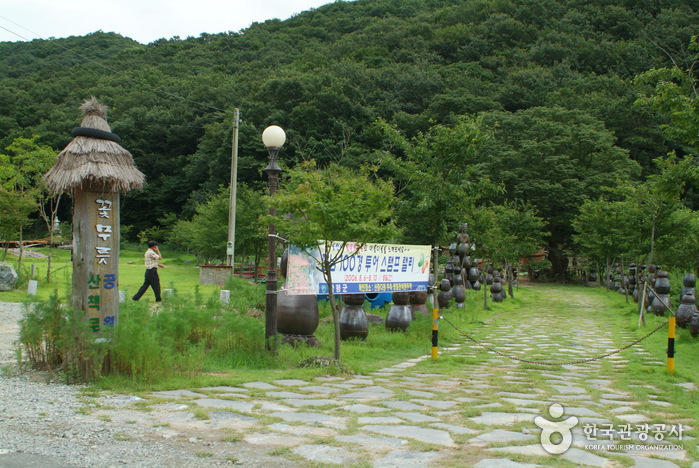
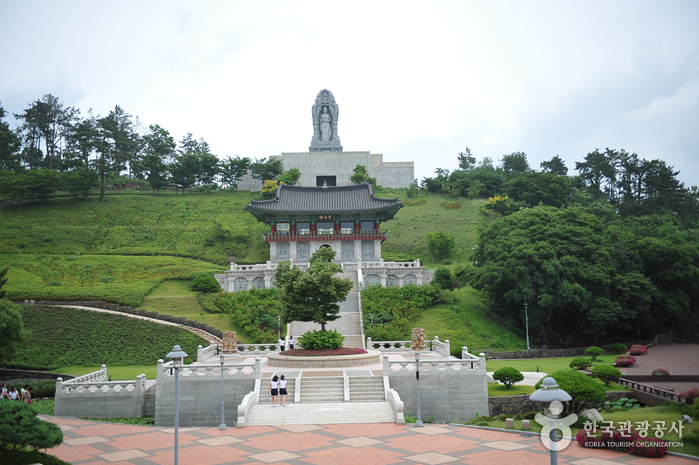
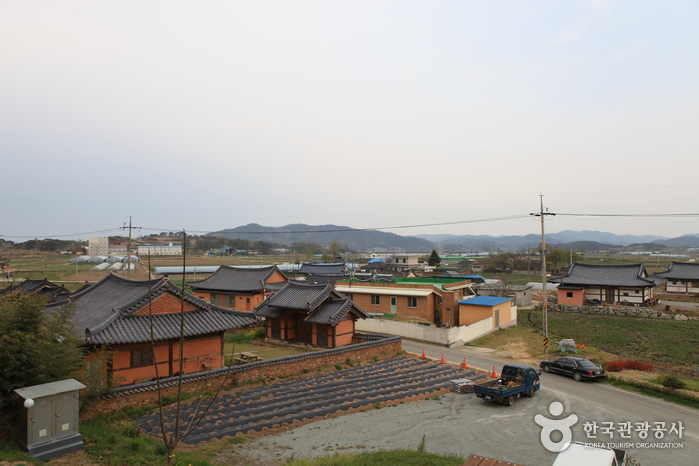

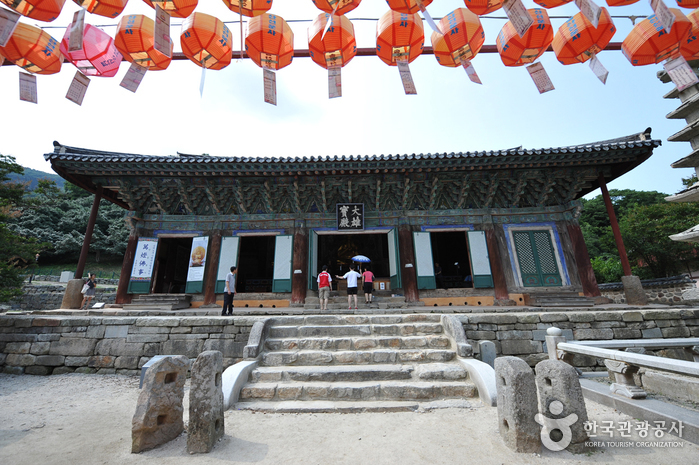
![Seonunsan Mountain [National Geopark] (선운산 (전북 서해안 국가지질공원))](http://tong.visitkorea.or.kr/cms/resource/64/2678864_image2_1.jpg)
 English
English
 한국어
한국어 日本語
日本語 中文(简体)
中文(简体) Deutsch
Deutsch Français
Français Español
Español Русский
Русский